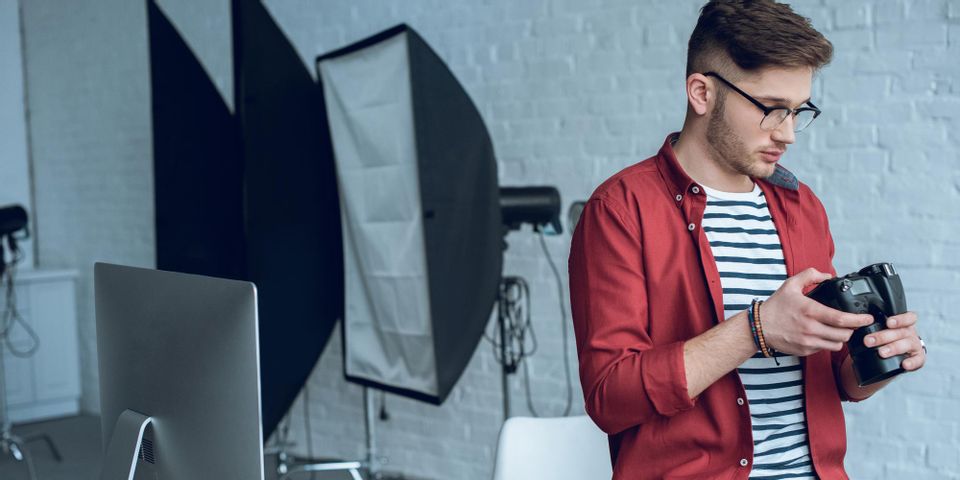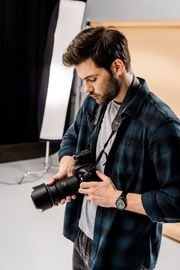
If you’re new to photography, you may be confused about the many settings on your camera. Understanding them can make all the difference to the quality of your photos and help you become more seasoned with time and practice. Here are some facts you need to know.
4 Camera Settings to Master Your Craft
1. ISO
This setting darkens or brightens a photograph—the higher the number, the brighter the image—making it simpler to take pictures in dark spaces. Be mindful about going too high, however; elevated ISO can cause graininess, and it’s best used selectively when you can’t brighten it via other methods. For the highest quality, use the lowest ISO that your camera offers—usually 100 or 200.
2. Aperture
Aperture helps your photographs look their best by brightening or darkening the image. You can also use the setting to isolate people or objects, softening the background and focusing on the main subject. A smaller opening, such as f/16 or f/22, creates more depth by bringing the foreground and background into sharper focus.
3. Shutter Speed
 While ISO and aperture control the amount of light that the camera sensor collects, the shutter speed controls the amount of time your device takes to collect it. This is measured in seconds or fractions of a second—anywhere from 60 seconds to 1/10,000 of a second. A speed of 1/60 means that your shutter remains open for a 60th of a second.
While ISO and aperture control the amount of light that the camera sensor collects, the shutter speed controls the amount of time your device takes to collect it. This is measured in seconds or fractions of a second—anywhere from 60 seconds to 1/10,000 of a second. A speed of 1/60 means that your shutter remains open for a 60th of a second.
Lower speeds capture more light, and there’s a higher chance of blur caused by movement of the camera, moving subjects, or vibration. Higher shutter speeds reduce blur and produce sharper images. For acceptably sharp images, use a speed equal to or above the focal length of the lens. For example, when using a 250 mm lens, use a shutter speed of 1/250 or higher.
4. White Balance
Unlike your eyes, cameras can’t adjust well to certain lighting conditions. Auto white balance attempts to normalize light levels and remove casts that might appear in photographs. The result should resemble what you see with your eyes rather than what the camera processes.
Auto white balance can be fooled by many subjects if they are dominant in the photograph. For example, a subject wearing a bright blue dress will cause the auto white balance to think that the lighting is daylight, no matter the actual light source. It will try to reproduce the dress as gray or a similar color.
To avoid such “subject failure,” select a white balance that represents the light source—daylight, fluorescent, tungsten, etc.—to produce accurate colors.
Novices and professionals alike can find exactly what they need at K & R Photographics in Ft. Mitchell, KY. Serving photographers since 1975, K & R offers a wide range of equipment to help you achieve flawless images and perfect your craft. Visit them online to learn more about their extensive selection of cameras, digital accessories, photo equipment, and services. Call (859) 341-6986 to speak with a staff member.
About the Business
Have a question? Ask the experts!
Send your question

